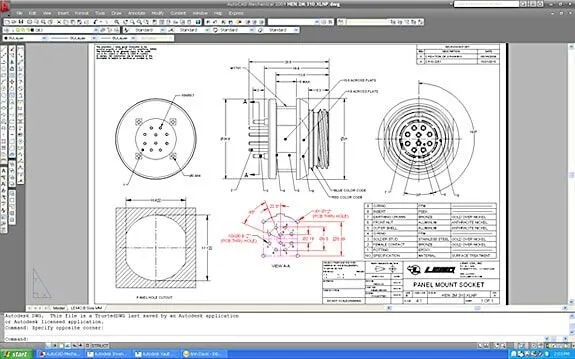How 3D Scanning Improves the Design of Artificial Limbs

Just twenty years ago, it could take months to get the fitting just right on an artificial limb. But today, advances in prosthetic technology can cut the time by half or even more. One of those advances is 3D scanning.
3D Scanning Technology
Without 3D scanning technology, creating an artificial limb or brace requires a patient to be measured manually and a plaster cast to be created. The cast is then sent to a brace manufacturer. If the measurements or plaster cast didn’t come out perfectly, the results could be a brace that does not fit properly. Then, the process would need to be started all over.
But, by using the right 3D scanner and software, a CAD file can be created and emailed directly to the brace or prosthesis manufacturer. The manufacturer uses the CAD file to program a milling machine, or even to power a 3D printer that will “print” the limb.
Yes, medical manufacturing has come a long way with the advancement of new technology and materials!

A Growing Field
Arguably, the fastest growing sectors to use 3D technologies are orthopedics, reconstructive devices, hip implants, knee replacements, arthroscopy, and spinal implants. The traditional way to manufacture natural-looking and customized prosthetic body parts involved castings out of plaster and then developing a computer-aided design (CAD) model.
With the emergence of non-contact 3D scanning, the whole prosthetic device manufacturing process takes considerably less time with much faster data collection and improved accuracy. 3D imaging technologies combined with 3D printing (additive manufacturing) allows reduced design and development time and are now commonly used for surgical guides (such as conjoined twins separation) and prosthetics.
The Challenge.
Since the human body has mostly irregular shapes, traditional prosthetic manufacturing methods have often resulted in improper fitting, patient discomfort, and limited functionality. Customizing a fitted prosthetic device that evenly distributes pressure is one of the greatest challenges. With highly accurate 3D models of the body, manufacturers are easily able to make custom prosthetic devices that are perfectly fitting and comfortable for patients.
More Accuracy. Better Design.
3D CT or MRI scanning was originally developed for the medical field and for years, surgeons and doctors have utilized these technologies, however, the scanned data was only presented and analyzed in 2D. With 3D printing (or additive manufacturing) the 3D scanned information can be converted into a highly accurate 3D model by systematically building it layer by layer from the ground up.
Utilizing this technology, the 3D models can be used for diagnostic, pre-surgical aids, and patient engagement purposes. The result is greater effectiveness and efficiency for clinicians, researchers, and hospitals, as well as improved outcomes for patients.
3D Scanning Fixes and “Styles” Prosthetics
Periodically, artificial medical devices need to be checked to detect wear and whether or not they need to be repaired or replaced. 3D scanning can be used to evaluate the limb and to “reverse design” a new limb or repair part.
Some companies and designers are creating stylish prosthetics with art designs and unique one-of-a-kind appearance, turning the prosthetic into a fashion statement rather than just a functional artificial limb.
3D Technology Makes Prosthetics Better
Whether it’s better to design, more comfortable fit or a memorable fashion statement, 3D scanning, 3D CAD, and 3D printing make it happen fast. How can 3D technology help you?
Recent Posts


CAD Outsourcing Doesn’t Have to Be Done In India
CAD Outsourcing Doesn’t Have to Be Done in India Do a Google search for “CAD Outsourcing” and what you’ll find is lots of firms located in India, which is fine if you’re prepared to go off-shore for CAD services. But what if your U.S. based company prefers to stay a...

AutoCAD Fiber Optic Designs & Drawings
Before proceeding forward in explaining the affinity between AutoCAD and Fiber Optic, it would be prudent to rationalize the utility of optical cables. When communicating between systems, either via the internet or via an internal network system, a medium needs to be...

CAD Outsourcing: How to Get the Most Out of Engineering
In today’s competitive market, companies need as much help as possible. If you want to take a larger market share, you can start by outsourcing some of your work. This is a quick way to expand your engineering power without onboarding and training a new staff. This...
